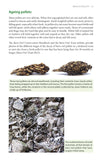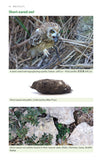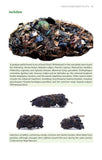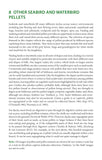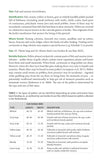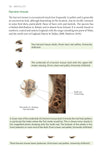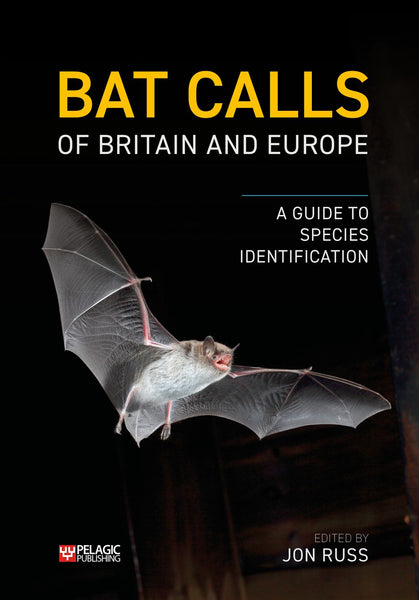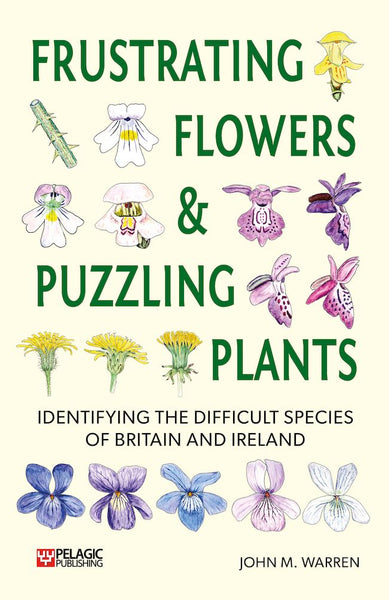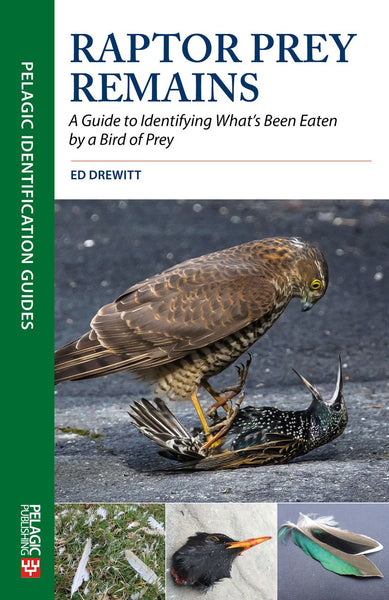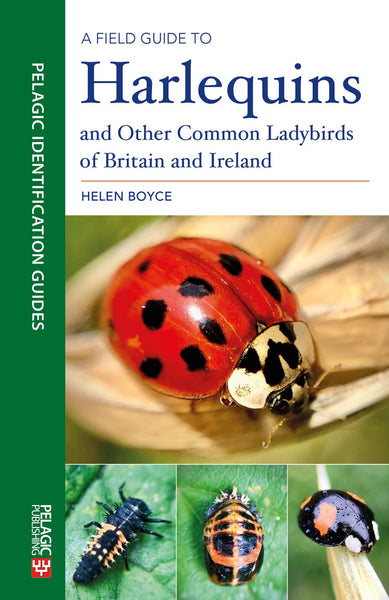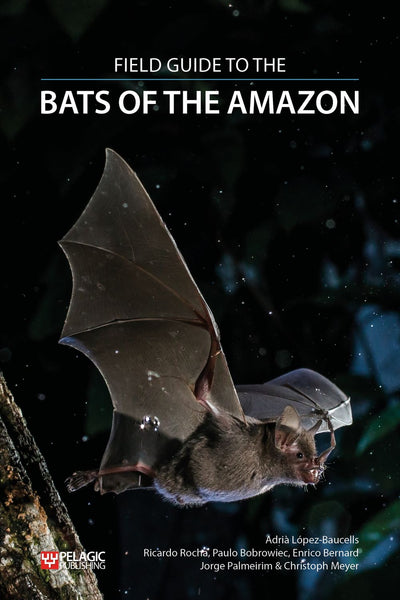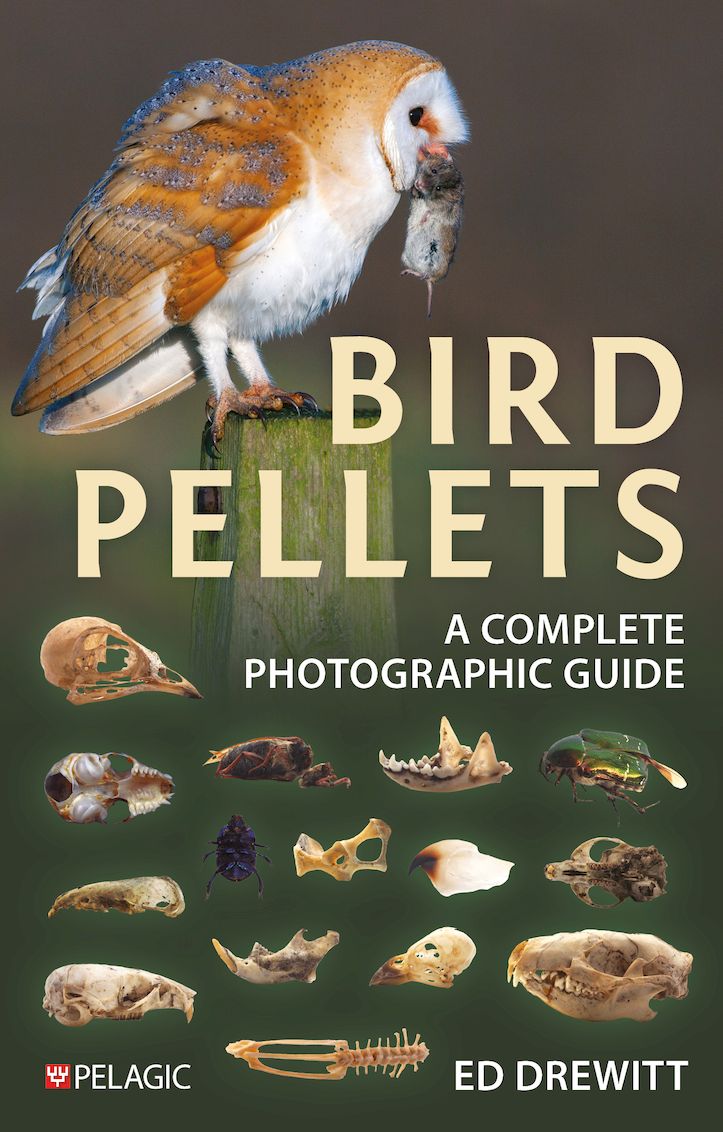
Bird Pellets
A Complete Photographic Guide
- Tips for identifying bird pellets, from raptors to songbirds.
- Showcases the remains of prey species, from small mammals to invertebrates.
- Offers detailed instructions on how to dissect and analyse bird pellets.
- Packed with 685 colour photographs.
- Yet another masterpiece by Ed Drewitt. This is the book I wish I’d had as a 10-year-old with a bath full of barn owl pellets!
—Iolo Williams, TV presenter, author and naturalist
- bird pellets
- birds
- birdwatching
- ornithology
- prey remains
Description
This book is the first comprehensive guide to bird pellets, the undigested remains of food that form together into a ball or sausage-like shape and are regurgitated. It showcases the range of pellets that different bird species produce, including owls, hawks, falcons, corvids such as ravens and magpies, as well as waders – and even garden birds! The common items found in them, such as small mammal skulls and bones, are analysed in detail, with the discussion accompanied by numerous colour illustrations.
The book progresses methodically from an introduction to pellets, covering what they are and how they are formed, to instructions on dissection and analysis and how this can be used in research, followed by a closer look at the pellets of each bird species in turn – from the golden eagle to the dipper. We learn how to identify the remains of small mammals including bats, as well as reptiles, amphibians, fish, invertebrates and of course other birds.
Dissecting bird pellets and identifying what is inside can be an important tool for discovering what birds are feeding on as part of more detailed diet studies. It is also an activity often delivered at family-friendly events or in schools by wildlife organisations. Extracting information from pellets also has sound scientific value: while it does not capture everything a bird has been eating, it still goes a long way in revealing the diet of birds and how this may change over time, in different habitats and different parts of the world.
DOI: 10.53061/NUXA1756
Table of Contents
1. Introduction
2. What is a pellet?
3. Dissecting your own pellets – where to begin
4. Owl pellets
5. Falcon, hawk, kite, harrier and eagle pellets
6. Corvid (crow family) pellets
7. Gull, tern and skua pellets
8. Other seabird and waterbird pellets
9. Garden bird pellets
10. Other species’ pellets
11. Identifying small mammal bones
12. Identifying other small animal parts
13. What else might you find in a pellet?
14. A final reflection
References
Latin names of species
Index
Reviews
- Yet another masterpiece by Ed Drewitt. This is the book I wish I’d had as a 10-year-old with a bath full of barn owl pellets!
—Iolo Williams, TV presenter, author and naturalist - Ed Drewitt's lavishly illustrated book will be invaluable both for identifying pellets produced by different bird species, and for identifying the prey items in the pellets. The “clincher” tips are especially useful for identifying small mammal skulls quickly.
—Gareth Jones, Professor of Biological Sciences, Bristol University - Ed Drewitt has produced a must-have guide for birders and naturalists who have always wanted to investigate these curious objects.
—Stephen Moss, author and naturalist - This beautifully-produced book by Ed Drewitt represents a wealth of expertise built up by Ed over decades of studying birds and bird diet. As a field guide it will be invaluable to naturalists and field workers, and a very useful addition to any ornithologist's bookshelf.
—Dr Rob Thomas, Cardiff University - Bird pellets are a bit like a Christmas present as you never quite know what you are going to find inside them! This book will enable you to identify their contents in forensic detail and gain some real insights into the life of birds.
—Jane Memmott, Professor of Ecology, University of Bristol - Bird Pellets is a hugely useful resource for anyone monitoring or with a general interest in birds.
—Anna Field, conservationist ecologist - Once again Ed Drewitt makes the secret world of birds ever more accessible and unlike the gizzard of a bird is a master at making largely undigestible material digestible to the masses! The material in this guide is a must for the old and new nature detectives across Europe and is the perfect sequel to his last guide Raptor Prey Remains.
—Jack Ashton-Booth, naturalist and wildlife illustrator - This immaculately researched guide is the perfect companion for any Wildlife Detective!
—Mike Dilger, naturalist and broadcaster - Ed Drewitt has created a great guide here, and to date, apart from a few leaflets and magazine articles, there has not been enough available information on bird pellets to allow you to see what a bird has eaten... Not many adults (other than professionals) examine pellets but many school children do and this book is laid out in an easy style that allows anyone to work out what they are looking at.
—Keith Betton, Hampshire Ornithological Society Newsletter - Like the pellets themselves Ed Drewitt has managed to pack in so much information to help us understand the fascinating world of bird pellets. With the advances in photography, this subject has been crying out for someone to point a lens at it and show detailed images of the pellets and their contents - Ed has brought this all together brilliantly in this book!
—Jimmi Hill, founder and chair of Raptor Aid - ...most will be unfamiliar with the range of species which produce pellets and how to go about finding them. Ed Drewitt’s Bird Pellets aims to fill this gap and goes about doing so in a thorough and digestible manner on a (literally) indigestible subject... a useful reference guide for any field naturalists.
—Rob Jaques, BTO News - highly recommended... one of the best that has been published on the subject.
—Jørgen Terp Laursen, The Scientific Journal of The Danish Ornithological Society - While there have been other excellent animal tracks and signs guides, this is the most comprehensive and up-to-date yet on British bird pellets and is highly recommended for the ecologist, the birding hobbyist or even just the naturally curious.
—David Callahan, birdguides.com - ...a valuable resource. Its compact format and straightforward language make it a practical field guide for a range of readers... By combining education with a sense of adventure, the book invites readers to connect with nature in a hands-on way, making it a worthy addition to any bird lover’s collection.
—Gabriela Peniche, IBIS - A truly fascinating read... If you have never delved into the wondrous world of pellets, I thoroughly recommend this book for reference and giving it a go!
—Chris Wernham, Scottish Birds - Bird Pellets deserves space on the bookshelves of all naturalists, especially those with a curiosity to know more about the feeding ecology of birds ranging from owls and diurnal raptors to waterbirds, seabirds, and common garden or countryside birds.
—Patrick Smiddy, Irish Naturalists' Journal - Bird Pellets provides deep insight into the topic.
—Stefan Bachmann, Ornis - Drewitt’s book goes much further than previous guides... this is a beautiful and comprehensive photographic guide to bird pellets and their prey... A must-have in the library of anyone studying bird diets.
—Bruno Massa, Avocetta
About the Author
Ed Drewitt is a professional naturalist, wildlife detective, and broadcaster for the BBC. He has been studying urban Peregrines for over 15 years, and specialises in colour ringing their chicks, and identifying what they have been eating.Bibliographic Information
 258 pages
258 pages - 685 colour illustrations
- BISAC SCI070040, SCI008000, NAT043000
- BIC PSVW6, PS, WNCB








